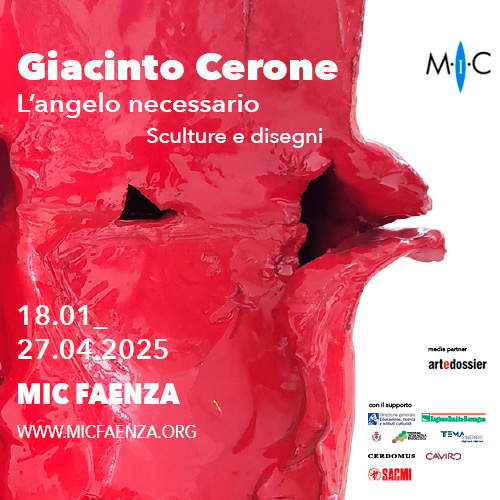Spoleto, Pelican Cross, destroyed in 2016 earthquake, restored and visible again
The Cross of the Pelican, the 15th-century crucifix from theAbbey of Sant’Eutizio diPiedivalle di Preci (Perugia), has been restored in Umbria , allowing it to return to its territory after the lengthy intervention carried out in the Vatican Museums ’ laboratories following the devastation suffered by the work during the earthquake that struck central Italy in 2016.
The shaped panel, with four trilobite endings, rectangular central board and the perimeter profiled by a gilded frame, is made in tempera on panel, and during the collapse of the apsidal part of the abbey following the October 30, 2016 quake, the work was badly damaged, so much so that it was reduced to as many as 33 pieces. The extensive work of sorting through the rubble allowed almost all of the fragments to be recovered.
According to scholar Pietro Pirri, who examined the work in 1960, the Pelican Cross, so called because of the singular presence of the pelican in the cymatium (the bird is a symbol of Christ, as it was believed in ancient times to feed its young with its own blood), was made during the time of Abbot Epifanio de Alemagna (1450-1478). The work was temporarily transferred after the 1979 earthquake to the Castellina Museum, where the second restoration in 1986-1987 took place, then it was relocated to the abbey church on the high altar. Assigned in 1923 by Umberto Gnoli to Domenico di Giacomo da Leonessa, it was traced in 1956 to Nicola di Ulisse da Siena, an artist documented between 1452 and 1472, by Francesco Santi because of its close affinities with other certain works by the painter. The panel was placed on the high altar in 1956. All subsequent studies have confirmed the authorship of Nicholas of Ulysses, especially because of the strong assonances with the Risen Christ of the Castellina of Norcia; the painter, having taken the citizenship of Nursina, worked between Cascia, Norcia, Sant’Eutizio, Campi and in the Marche region. In view of the presumed date of the other polyptych, executed by Nicholas of Ulysses for the Abbey of Sant’Eutizio (c. 1463), the Pelican Cross can also be approximated to this dating.
Prior to restoration, investigations were carried out at the Cabinet of Scientific Research Applied to Cultural Heritage in order to conduct a structural study of the work and identify the constituent materials. Subsequently, the Laboratory of Restoration of Paintings and Wooden Materials, initiated the restoration work. The important work restored completeness and legibility to the painted image, literally bringing back to life one of the most important pieces of local art and history.
After being displayed at the Vatican Museums, the restored Pelican Cross can be visited in Spoleto in Sant’Eufemia, until September 17, 2023, while waiting to return, upon completion of work, to the Abbey of Sant’Eutizio.
Photo of the cross before restoration: Massimo Achilli for Soprintendenza dell’Umbria.
 |
| Spoleto, Pelican Cross, destroyed in 2016 earthquake, restored and visible again |
Warning: the translation into English of the original Italian article was created using automatic tools. We undertake to review all articles, but we do not guarantee the total absence of inaccuracies in the translation due to the program. You can find the original by clicking on the ITA button. If you find any mistake,please contact us.





























